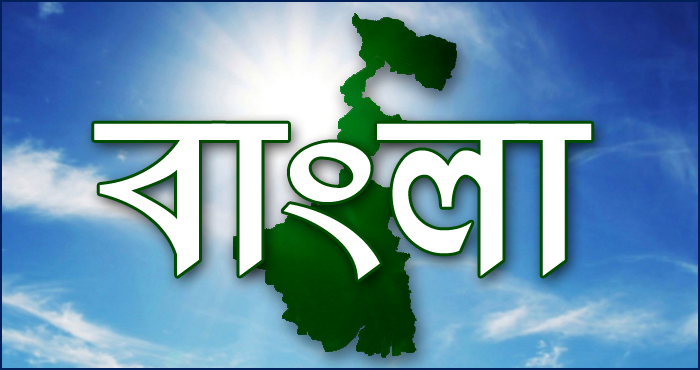The Bengal State Education Minister Partha Chatterjee called an urgent press conference on Monday night and said that all schools in West Bengal irrespective of boards would have to have three languages from Class I to X, one of which would have to be Bengali.
“From now, every student would compulsorily need to learn Bengali in schools. English medium schools will have Bengali as an optional subject, either as a second or third language, from Class I,” the Education Minister said. Every student would compulsorily need to learn Bengali in schools, he said.
The seven languages offered in schools affiliated to the West Bengal board at present are Bengali, English, Hindi, Urdu, Nepali, Alchiki and Gurumukhi.
According to the new rule, students who have any other language other than Bengali as their first language, would have to opt for two more languages, one of which would have to be Bengali.
It has been decided because we have received complaints that Bengali language was not an option at several schools here,” the Education Minister said.
He also said that legalities of the decision were being looked into and he was hopeful that a clearance by the state cabinet would be good enough to put it in force.
Chief Minister Mamata Banerjee put up a post of Facebook today regarding the language issue, which is reproduced below:
Bengal respects all languages and languages of all States. Our three language formula shows how we really do…
India is a vast country and the strength of our nation is unity in diversity. We must respect every mother tongue and also give every regional language its importance. We believe in the freedom of choice and the three language formula.
Students have the freedom to take any language of their choice as a first language, second or third language.
If the student choses Bengali, Hindi, English, Urdu , Gurmukhi, Nepali, Alchiki as a first language, he/she may opt for two other languages of their choice. One of the three languages would have to be Bengali.The two other choices are completely dependent on what the students chooses.
This method would enable them to reach regional, national and international standards.
রাজ্যের সমস্ত স্কুলে দশম শ্রেণী পর্যন্ত ‘বাংলা’ বাধ্যতামূলক করল রাজ্য সরকার
সোমবার সাংবাদিক সম্মেলন করে শিক্ষামন্ত্রী পার্থ চট্টোপাধ্যায় ঘোষণা করেন এবার থেকে রাজ্যে সব স্কুলে দ্বিতীয় বা তৃতীয় আবশ্যিক ভাষা হিসেবে পড়ানো হবে বাংলা। রাজ্যের সব মাধ্যম স্কুলের জন্যই চালু হচ্ছে ত্রিভাষা নীতি।
এদিন তিনি বলেন, “বৈচিত্রের মধ্যে ঐক্য ভারতের শক্তি। প্রতিটি মাতৃভাষার প্রতি আমরা শ্রদ্ধাশীল। এবং প্রতিটি আঞ্চলিক ভাষার গুরুত্ব আছে। আমাদের বিশ্বাস, প্রতিটি ছাত্র ছাত্রীর নিজস্ব ভাষা চয়নের স্বাধীনতা আছে। ছাত্রসমাজের স্বাধীনতা আছে তারা তাদের মতো প্রথম, দ্বিতীয় বা তৃতীয় ভাষা হিসেবে যে কোনও ভাষা চয়ন করতে পারবে”।
“বাংলা, হিন্দি বা ইংরেজি, উর্দু, নেপালি, গুরুমুখী কিংবা অলচিকিকে প্রথম ভাষা হিসেবে চয়ন করলে ছাত্র বা ছাত্রীটিকে আরও দুটি ভাষাকে তাদের পছন্দমতো চয়ন করতে হবেএবং ত্রিভাষার মধ্যে বাংলা ভাষা থাকতে হবে। এই প্রক্রিয়ায় ছাত্রসমাজের পক্ষে আঞ্চলিক, জাতীয় ও আন্তর্জাতিক মানে পৌছনো সহজ হবে” মন্ত্রী বলেন।
রাজ্যের বিভিন্ন অঞ্চল থেকে যেখানে জানা গেছে অনেক স্কুলে বাংলা ভাষা চয়ন করার কোনও সুযোগ নেই বলে অনেক অভিযোগ এসেছে তাই এই সিদ্ধান্ত নেওয়া হয়েছে। রাজ্য মন্ত্রিসভা এই সিদ্ধান্তের অনুমোদন দিলে, খুব শীঘ্রই এই নিয়ম চালু করা হবে।
এই প্রসঙ্গে আজ একটি ফেসবুক পোস্টও করেছেন মুখ্যমন্ত্রী।



